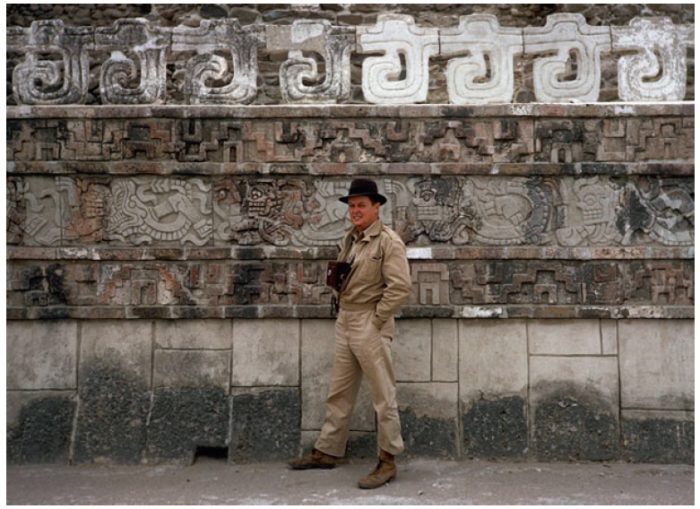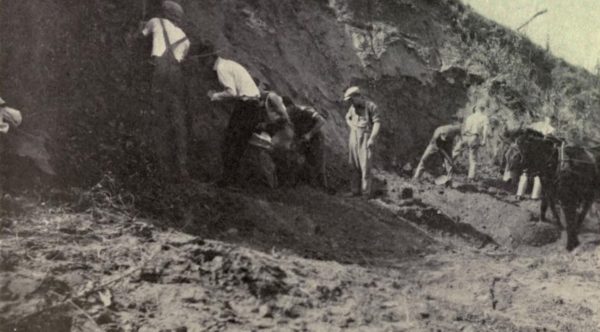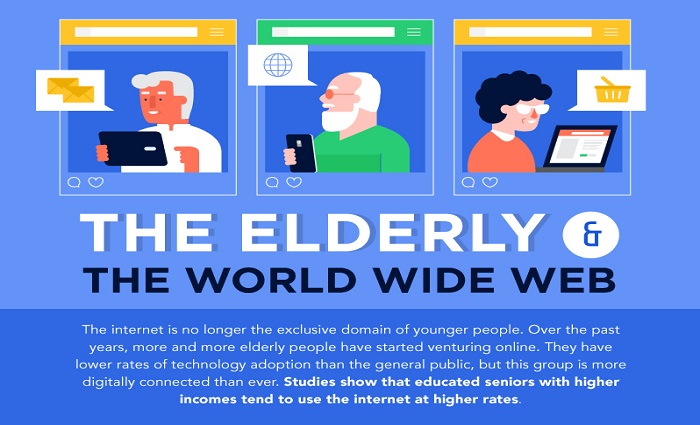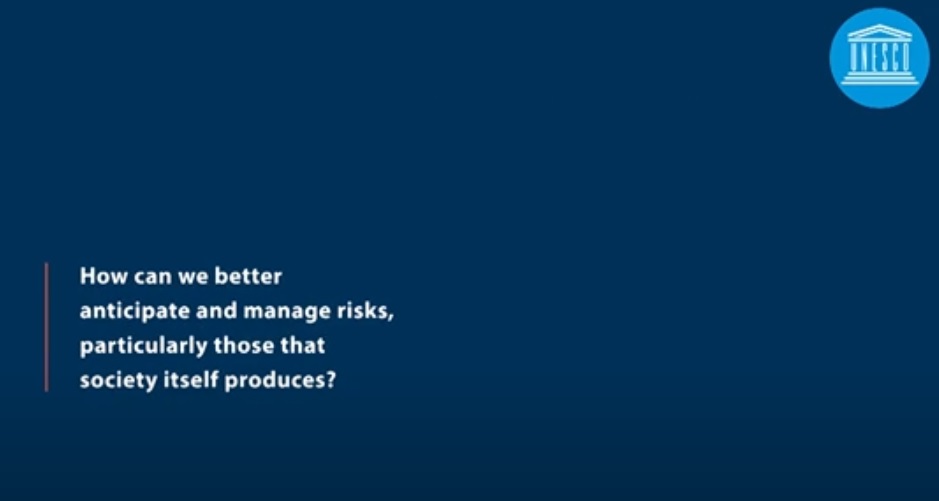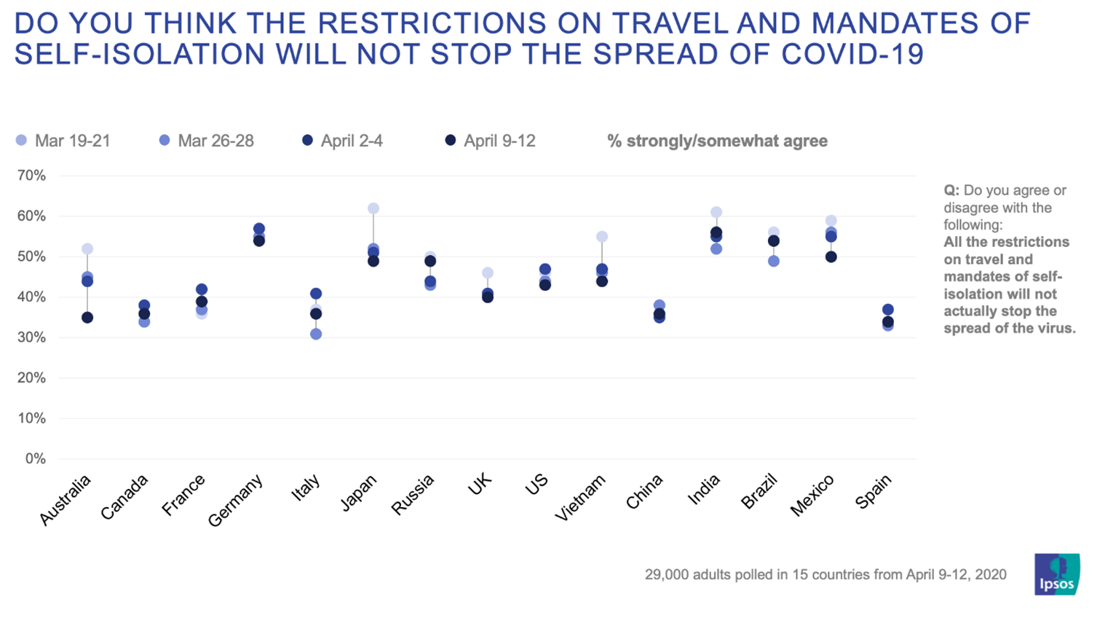
People often store their belongings because they want to use them at a later time. However, keeping your items in your garage, crawlspace, or any other makeshift storage areas in your home can compromise your belongings and your overall organization and indoor air quality.
Instead of turning your home into a storage facility, consider saving space and protecting your items by keeping them in a self-storage unit. This option is a much better alternative to storing your items at your home in a shed or garage.
When you store your items outside, you have no control over the rising and dropping temperature. You won’t even know how these temperatures impact your belongings until you reach for something, and it’s not working anymore.
The good news is that there are many spacious, climate controlled storage units in Canada available so that you can store your belongings without compromising them or your space. Consider how keeping your items in a self-storage unit can not only benefit you but benefit your belongings.
Store Items in a Controlled Climate
When you store your items outside in your garage or shed, you can’t regulate the storage temperature. Keep your things in a climate-controlled self-storage facility so that you can have peace of mind knowing that they are being stored at regulated temperatures.
You’d be surprised how many things you need to store in a cool area. Climate control plays an essential role in protecting your belongings like artwork, electronics, paperwork, and furniture, which can be compromised by humid or freezing temperatures. Properly storing your belongings in a space with regulated temperature can also help to extend their overall lifespan.

Create More Space & Improve Air Quality
Clutter is not just an eyesore. Storing your items close together can cause them to scratch and damage one another. Even more importantly, packing items so close together can impact the air quality of a space, which can compromise your belongings’ integrity.
When items are packed together in a small area, there is no air-flow. Poor ventilation causes humidity, moisture build-up, and condensation. All of which can damage electronic items internally and the external surfaces of furniture.
Cluttered furniture, appliances, and other devices can also trap and hold dust. This dust can build on your furniture and trigger allergies in those living in the space. Like humans, our belongings need space to thrive.
Protect Items During a Renovation
Home renovations are exciting, but the dirt, dust, and contractors in and out of your house are often overwhelming. When you are doing a home renovation project, protect your existing belongings by storing them in self-storage.
This way, you can protect your things from dirt and dust build-up and prevent damage from tools, fallen objects, and movement. You move around furniture so much during a renovation that it is better to move the furniture out of the way entirely. Utilizing self-storage to store items will also help create more space for you and your contractors to work.
Maintain Security & Privacy
Maintain the privacy of your items while you are protecting them from wear and tear. Your self-storage unit should offer security to ensure that your items are adequately protected and can only be accessed by you.
Choose a storage facility with state-of-the-art security features like passcodes and durable locks that can ensure your belongings’ safeguarding. For the Silo, Mila Urosevic.







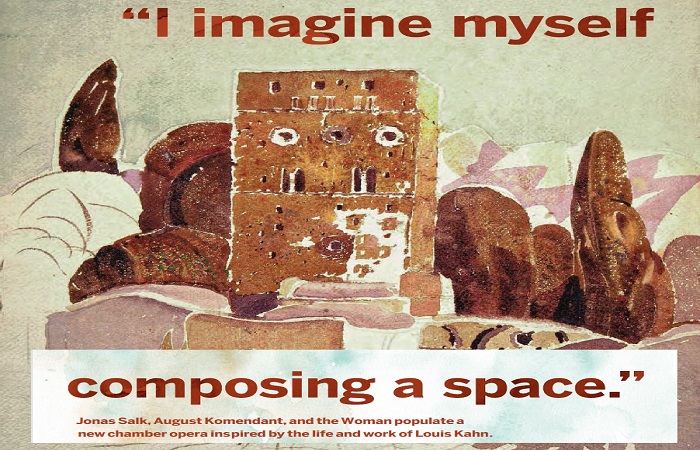








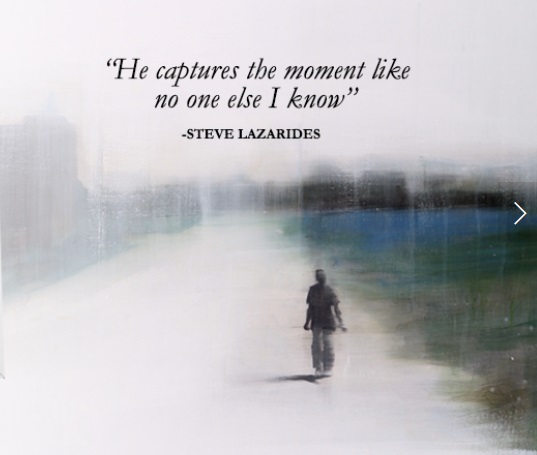



 Russian music life in all
Russian music life in all 


 Samuel Eppstein was a research scientist and Dorothy a researcher at the Upjohn labs. They had only been married six months when they commissioned their new home and construction was completed in 1953. The 2,250-square-foot Usonian includes three bedrooms, two baths, two fireplaces, and a general purpose room used as an additional living room. Though the kitchen has been rebuilt by a local craftsman in the Wright style, the home has all of Wright’s built-ins including two tables that were reconstructed to exact specifications. Ten-foot walls of glass are positioned to capture idyllic views of valley and meadows. There is also a swimming pool that was added in later years.
Samuel Eppstein was a research scientist and Dorothy a researcher at the Upjohn labs. They had only been married six months when they commissioned their new home and construction was completed in 1953. The 2,250-square-foot Usonian includes three bedrooms, two baths, two fireplaces, and a general purpose room used as an additional living room. Though the kitchen has been rebuilt by a local craftsman in the Wright style, the home has all of Wright’s built-ins including two tables that were reconstructed to exact specifications. Ten-foot walls of glass are positioned to capture idyllic views of valley and meadows. There is also a swimming pool that was added in later years.

























